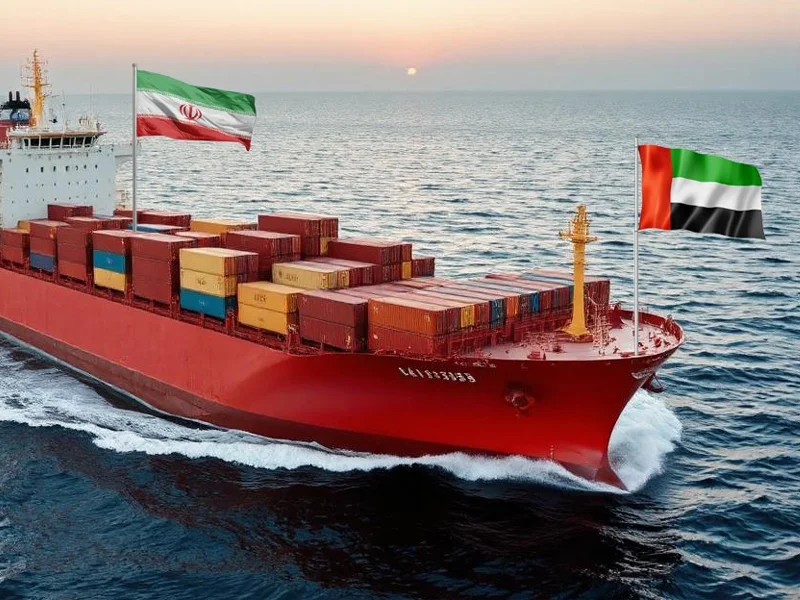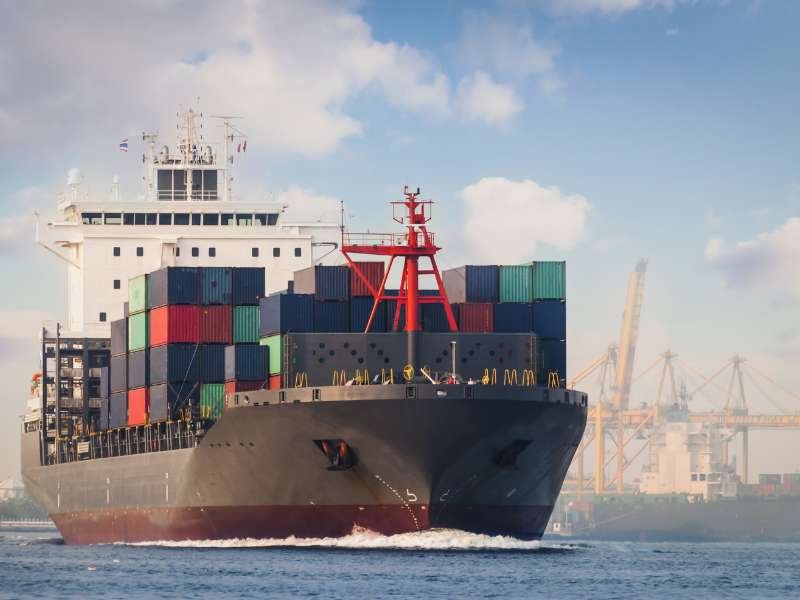In today’s highly competitive global market, businesses must strike a balance between keeping shipping costs under control and maintaining service quality. International shipping is a vital part of supply chain management, but if not optimized, it can consume a large portion of a company’s budget. The good news is that with the right strategies, businesses can reduce international shipping costs without compromising quality. This guide will walk you through the most effective methods to achieve cost efficiency while ensuring timely and reliable deliveries.
Why Reducing Shipping Costs Matters
For companies engaged in international trade, shipping expenses are one of the largest operational costs. High shipping rates can:
- Increase product prices and reduce competitiveness.
- Shrink profit margins.
- Lead to dissatisfied customers due to expensive delivery charges.
Reducing costs not only improves profitability but also enhances customer satisfaction and helps businesses expand globally.
Read more: Cargo to Iran

Key Strategies to Reduce International Shipping Costs
- Optimize Packaging
Efficient packaging can significantly reduce dimensional weight and overall freight costs. Use smaller, lightweight, and durable materials to minimize both shipping expenses and damage risks.
- Consolidate Shipments
Instead of sending multiple small shipments, consolidating goods into fewer, larger shipments helps reduce per-unit shipping costs. Freight forwarders often provide consolidation services that save both time and money.
- Negotiate with Carriers
Building long-term relationships with carriers allows businesses to negotiate better rates. Volume discounts, loyalty benefits, and flexible contracts can all lower shipping expenses.
- Use Technology and Automation
Logistics software helps compare carrier rates, track shipments in real-time, and optimize routes. These tools prevent errors and streamline shipping operations, leading to cost savings.
- Choose the Right Incoterms
Understanding international commercial terms (Incoterms) ensures that responsibilities and costs are clearly defined between buyers and sellers. Selecting the right Incoterms prevents unexpected charges.
- Explore Multiple Shipping Modes
Air freight is fast but expensive, while sea freight is cost-effective but slower. Combining different modes of transportation (multimodal shipping) allows businesses to balance speed and cost.
- Plan Ahead to Avoid Expedited Shipping
Last-minute shipments often lead to higher costs. By forecasting demand and planning in advance, businesses can avoid unnecessary express freight charges.
Read more: Top 5 Mistakes to Avoid in International Cargo Shipping
Maintaining Quality While Cutting Costs
Reducing costs should never come at the expense of service quality. To maintain high standards:
- Work with reliable freight forwarders who prioritize efficiency and care.
- Monitor customer satisfaction through delivery performance and feedback.
- Invest in insurance to protect shipments against potential losses or damages.
- Track shipments proactively to prevent delays and provide customers with accurate updates.

The Role of Professional Logistics Partners
Partnering with experienced logistics companies can make a huge difference. These experts have established networks, industry knowledge, and advanced tools to manage shipping more effectively. Companies like Lian Visman provide tailored shipping solutions that reduce costs while ensuring high-quality service, making global trade smoother and more profitable.
Read more: How to Ship Goods from Iran to Europe
Conclusion
Cutting international shipping costs doesn’t mean compromising on service quality. By optimizing packaging, consolidating shipments, leveraging technology, and partnering with the right logistics providers, businesses can achieve cost efficiency and maintain reliable delivery standards. With smart planning and professional support, companies can thrive in the competitive landscape of global trade.
FAQs
Sea freight is generally the most economical option, especially for large shipments, while air freight is faster but more expensive.
Small businesses can reduce costs by consolidating shipments, using third-party logistics providers, and comparing carrier rates before booking.
Not necessarily. By optimizing logistics processes and working with reliable partners, businesses can reduce costs while maintaining high-quality standards.
Logistics software enables businesses to compare carrier rates, optimize routes, track shipments, and reduce errors, all of which contribute to cost savings.









Recent Comments